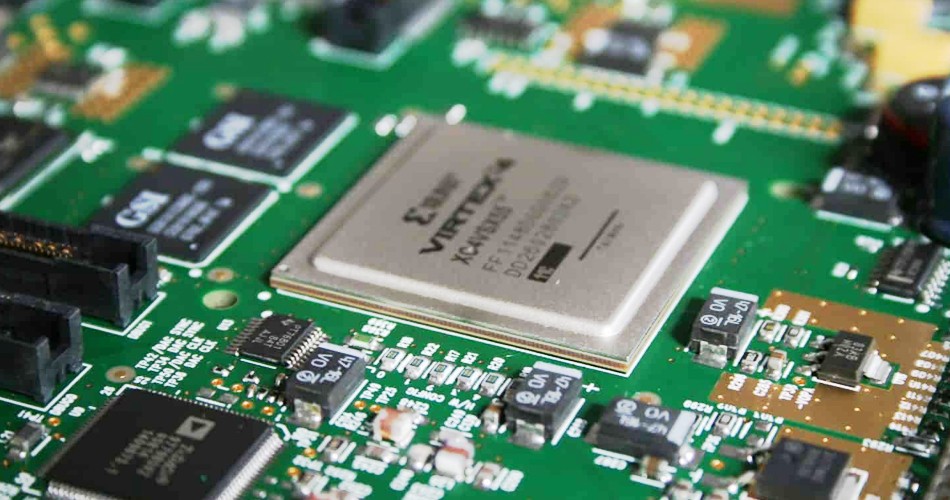- English
- Español
- Português
- русский
- Français
- 日本語
- Deutsch
- tiếng Việt
- Italiano
- Nederlands
- ภาษาไทย
- Polski
- 한국어
- Svenska
- magyar
- Malay
- বাংলা ভাষার
- Dansk
- Suomi
- हिन्दी
- Pilipino
- Türkçe
- Gaeilge
- العربية
- Indonesia
- Norsk
- تمل
- český
- ελληνικά
- український
- Javanese
- فارسی
- தமிழ்
- తెలుగు
- नेपाली
- Burmese
- български
- ລາວ
- Latine
- Қазақша
- Euskal
- Azərbaycan
- Slovenský jazyk
- Македонски
- Lietuvos
- Eesti Keel
- Română
- Slovenski
- मराठी
- Srpski језик
RoHS and REACH: Impact of Environmental Regulations on PCBA Processing
RoHS (Restriction of Hazardous Substances) and REACH (Registration, Evaluation, Authorization, and Restriction of Chemicals) are two major environmental regulations that have a profound impact on PCBA processing.

Impact of RoHS on PCBA Processing:
The RoHS Directive came into effect in Europe in 2006 with the aim of restricting the use of hazardous substances in electronic and electrical equipment to protect the environment and human health. The RoHS Directive restricts the use of the following six hazardous substances:
Lead
Mercury
Cadmium
Hexavalent Chromium
Polybrominated Biphenyls (PBB)
Polybrominated Diphenyl Ethers (PBDE)
Aspects that affect PCBA processing include:
1. Material selection: PCBA manufacturers must ensure that the materials used do not contain restricted hazardous substances. This may involve choosing lead-free solder, environmentally friendly packaging materials and unrestricted electronic components.
2. Supply chain management: Manufacturers need to work with the supply chain to ensure that the materials and components purchased meet RoHS requirements. This requires suppliers to provide RoHS compliance declarations and certification documents.
3. Labeling: RoHS compliance must be marked on the PCBA to ensure that the product is legally sold on the market.
4. Reporting and compliance documents: Manufacturers need to maintain RoHS compliance documents to prove that their products comply with regulations. These documents may need to be provided when requested by relevant regulatory agencies.
Impact of REACH on PCBA processing:
REACH is a European chemical regulation that aims to ensure the safe use of chemicals and limit potential hazards to human health and the environment. REACH requires manufacturers and importers to register, evaluate and authorize the chemicals they use and take measures to reduce the use of hazardous chemicals.
Aspects that affect PCBA processing include:
1. Chemical management: PCBA manufacturers must understand the chemicals they use, ensure their safe use, and comply with REACH requirements.
2. Supply Chain Transparency: Supply chain partners must provide information about the chemicals they supply to meet REACH requirements.
3. Alternatives Assessment: If certain chemicals are restricted by REACH, PCBA manufacturers may need to find alternatives or take other measures to ensure compliance with the regulations.
4. Reporting and Compliance Documents: Under REACH requirements, manufacturers may need to submit chemical registration and compliance documents and ensure that all substances in their supply chain are compliant.
In general, RoHS and REACH regulations have an impact on PCBA processing in terms of environmental protection, safety, and supply chain management. Manufacturers need to actively comply with these regulations to ensure that their products not only meet regulatory requirements, but also meet the market's growing demand for environmental protection and sustainability. At the same time, these regulations also have an impact on the global supply chain, so special attention needs to be paid when manufacturing and selling across borders
Send Inquiry
-
Delivery Service






-
Payment Options









